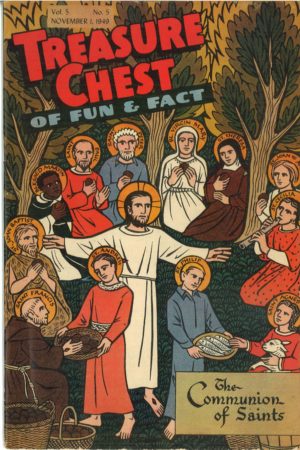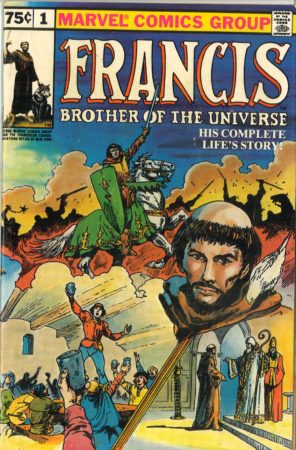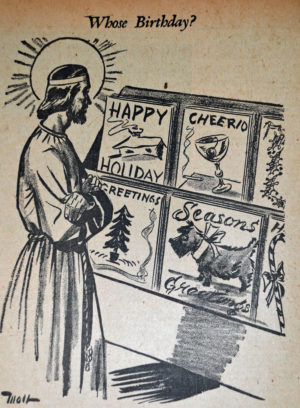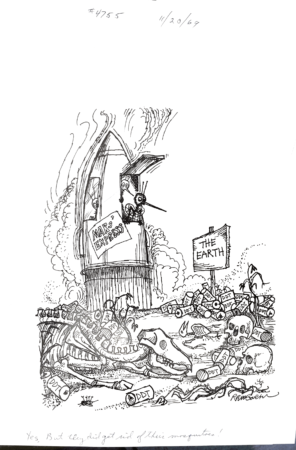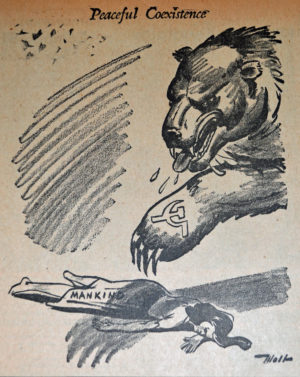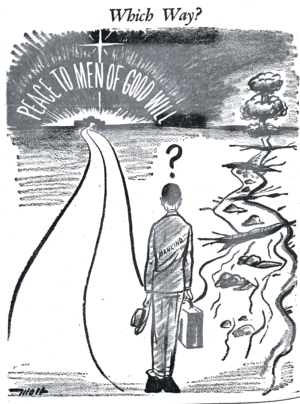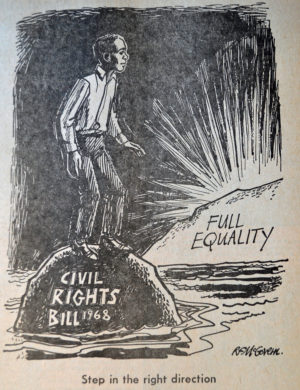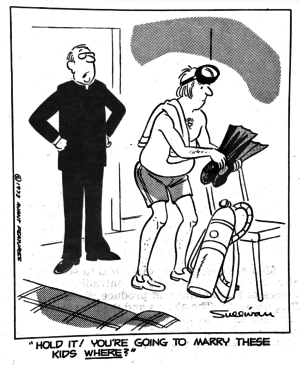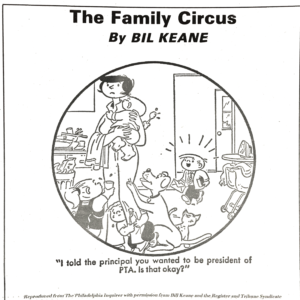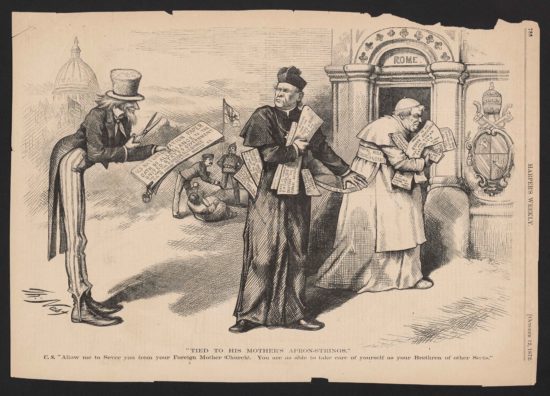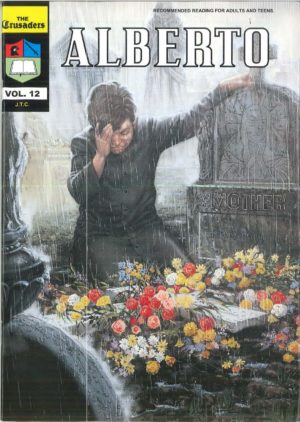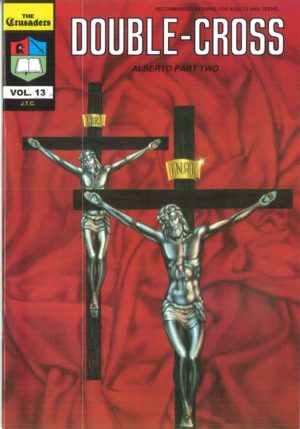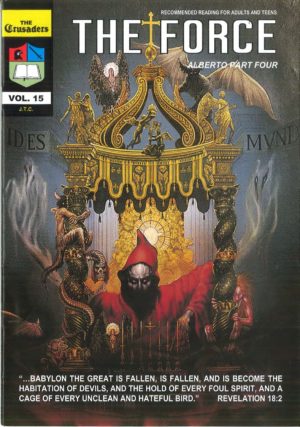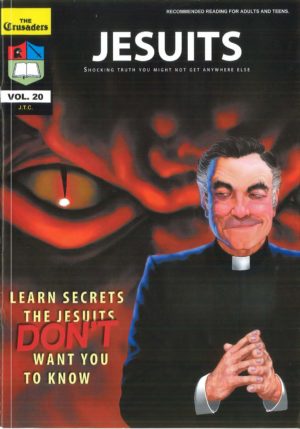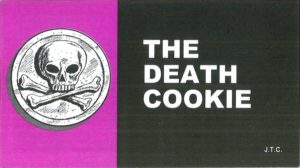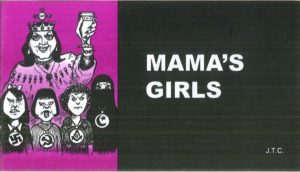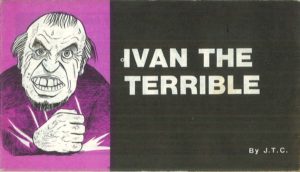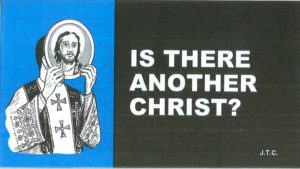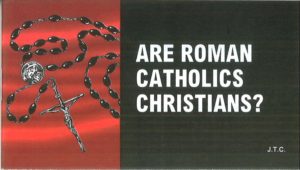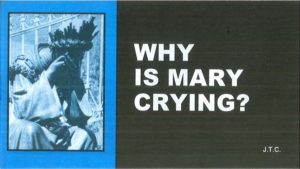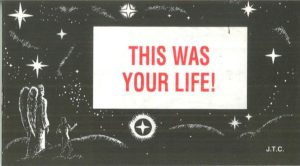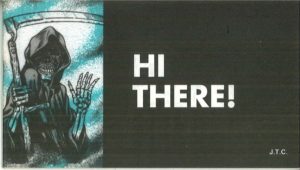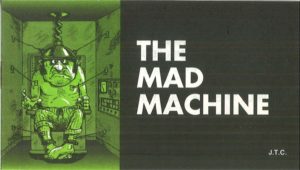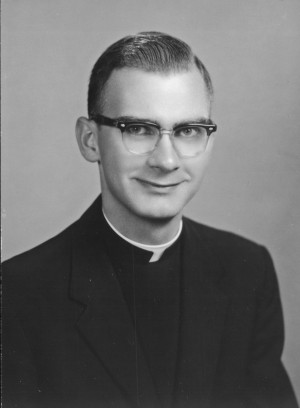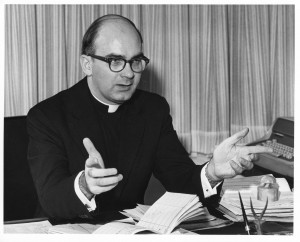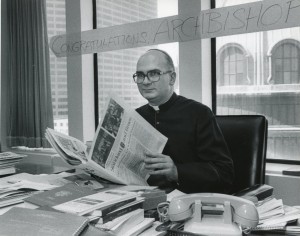
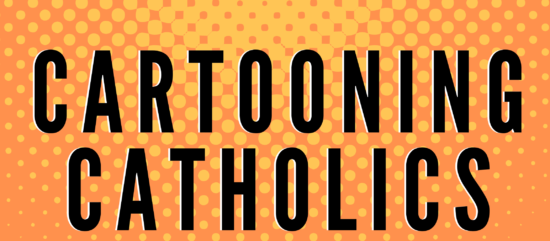
He maintained his position as editor for the next 14 years, a period which saw some of the most important events in the history of the Philadelphia Church, including the Forty-First International Eucharistic Congress, held in 1976, the canonization of St. John Neumann in 1977 and the visit to Philadelphia of Pope John Paul II in 1978.
From 1966 until 1974 Foley was also co-producer and co-host of Philadelphia Catholic Hour on radio station WFIL. On April 9, 1984 Pope John Paul II named him an Archbishop and appointed him head of the Vatican’s Pontifical Council for Social Communications, a position he held for more than 23 years. Foley was elevated to the College of Cardinals on November 24, 2007. For more information on Cardinal Foley see the Archdiocese of Philadelphia website. Photos of the Cardinal are from of the Halvey Photo Collection.Archives
Subscribe to Blog via Email
On December 24th, Pope Francis will inaugurate the 2025 Jubilee with the opening of the Holy Door at Saint Peter’s Basilica. A few days later, on December 29th, Archbishop Perez will hold a special Mass at the Cathedral Basilica of Saints Peter and Paul to celebrate the Archdiocesan Opening of the Jubilee Year. It is one of the many rich traditions of the Catholic Church that provides the faithful of the world with opportunities to strengthen their faith and relationship with Our Lord.
But what exactly is a Jubilee?
The first Jubilee was instituted by Pope Boniface VIII in 1300. Initially occurring every 100 years, the tradition was shortened to every 25 years, starting with the Jubilee of 1450. The last ordinary jubilee was the Great Jubilee of 2000, which also happened to celebrate 2,000 years since the birth of Jesus Christ. Many in the Archdiocese may remember the stickers to put in the window of their front door. There have been occasions where a special Jubilee is instituted that is not part of this 25-year cycle, such as the Extraordinary Jubilee of Mercy in 2016. The upcoming Jubilee is called “Pilgrims of Hope.”
One of the main practices that occurs is the opening of the Holy Doors. In Catholic tradition, the Holy Door represents the passage to salvation — the path to a new and eternal life, which was opened to humanity by Jesus." The first Holy Door was located at the Archbasilica of Saint John Lateran, being the seat of the Bishop of Rome, the Pope. Holy Doors were later added to the three other Papal Basilicas: Saint Peter, Saint Mary Major, and Saint Paul Outside the Walls. At the end of each Jubilee, the door is sealed up until the start of the next Jubilee.
The Catholic Standard and Times covered several of the events that happened locally during the Great Jubilee of 2000. Our Jubilee celebrations began with the opening of the Archdiocesan Holy Door at the Cathedral Basilica of Saints Peter and Paul on Christmas Eve, 1999. A Eucharistic Convocation was held in April that focused on five concepts: encounter, conversion, communion, solidarity, and evangelization.
October saw two significant events. The first was the observation of the Forty Hours Devotion at all parishes in the Archdiocese during the same three days. Later, the Archdiocesan Eucharistic Candlelight Procession took place on the Benjamin Franklin Parkway; “an archdiocesan response to Pope John Paul II’s dedication of the Jubilee Year to the presence of Jesus Christ in the Eucharist.” Over 40,000 lined the Parkway from the Cathedral to the steps of the Philadelphia Museum of Art.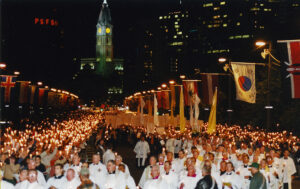
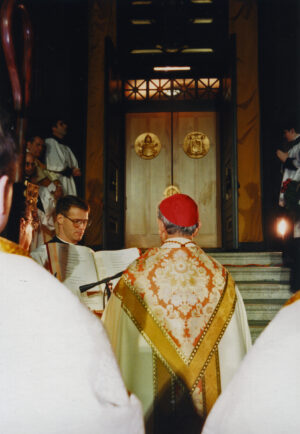 In the Bull of Indiction, Spes Non Confundit (Hope does not disappoint), Pope Francis ended with the following message:
In the Bull of Indiction, Spes Non Confundit (Hope does not disappoint), Pope Francis ended with the following message:
In our journey towards the Jubilee, let us return to Scripture and realize that it speaks to us in these words: “May we who have taken refuge in him be strongly encouraged to seize the hope set before us. We have this hope, a sure and steadfast anchor of the soul, a hope that enters the inner shrine behind the curtain, where Jesus, a forerunner on our behalf, has entered” (Heb 6:18-20). Those words are a forceful encouragement for us never to lose the hope we have been given, to hold fast to that hope and to find in God our refuge and our strength.
The image of the anchor is eloquent; it helps us to recognize the stability and security that is ours amid the troubled waters of this life, provided we entrust ourselves to the Lord Jesus. The storms that buffet us will never prevail, for we are firmly anchored in the hope born of grace, which enables us to live in Christ and to overcome sin, fear and death. This hope, which transcends life’s fleeting pleasures and the achievement of our immediate goals, makes us rise above our trials and difficulties, and inspires us to keep pressing forward, never losing sight of the grandeur of the heavenly goal to which we have been called.
The coming Jubilee will thus be a Holy Year marked by the hope that does not fade, our hope in God. May it help us to recover the confident trust that we require, in the Church and in society, in our interpersonal relationships, in international relations, and in our task of promoting the dignity of all persons and respect for God’s gift of creation. May the witness of believers be for our world a leaven of authentic hope, a harbinger of new heavens and a new earth (cf. 2 Pet 3:13), where men and women will dwell in justice and harmony, in joyful expectation of the fulfilment of the Lord’s promises.
Archives
Subscribe to Blog via Email
Environment
George McGovern stressed the importance of Christian stewardship of the planet by attacking the pollution of the 1970s.
McGovern, “Glad They Kept the Feast,” November 26, 1970
Native Americans and Pilgrims sharing the first Thanksgiving comment how modern Americans have missed the point of the tradition and ignored caring for the planet.
McGovern, “Yes, But They Did Get Rid of Their Mosquitos,” November 20, 1969
In the cartoon, the use of DDT insecticide did kill the mosquitoes and other pests but in the process it destroyed all other life on the planet. DDT would be banned in the United States in 1973.
